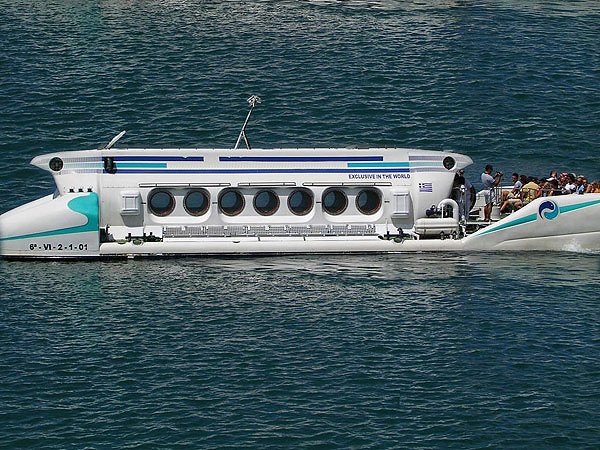
Fast attack submarines can be equipped with multiple payloads, according to the U.S. Navy, set to replace the older Los Angeles-class submarine fleet. The Virginia-class is the latest fast attack submarine in the U.S. In the past decade, several Australian governments tried to find ways to modernize the fleet, before settling with the AUKUS pact.
and the U.K.Īustralia currently deploys a fleet of six conventional Collins-class diesel-powered submarines commissioned between 19. Many observers believe procuring nuclear-powered submarines will be momentous for Australia’s military might.Ĭarl Thayer, emeritus professor of politics at the University of New South Wales-Canberra, tells TIME the submarines are a “game-changer” for Australia by giving its military long-range striking ability and making it more interoperable with the fleets of the U.S. “For the first time ever, it will mean three fleets of submarines working together across both the Atlantic and Pacific, keeping our oceans free, open and prosperous for decades to come.” A naval game-changer-eventually Australia acquiring a fleet of these vessels has been the centerpiece of the AUKUS partnership since it was announced in 2021, with the country having ditched an earlier deal with France for diesel-powered undersea craft. During the testing phase, there were some issues with operating the vessel that they needed to adjust to get it competition-ready.Nuclear-powered submarines are considered superior because they can stay underwater longer currently only six countries have them. They sat back to back in the submarine, and peddled and steered the machine. Toerner co-controlled the submarine with a teammate underwater during the race. “There was that kind of difficulty transitioning from one class to another without much to go on.” “They’ll support us in every way, but they can’t be here to say, ‘That is not how it is set up,’ and so it’s kind of hoping for the best,” said Toerner.
#Human powered submarine for sale trial#
“We took what we had last year and then fixed it for this year and were successful.”Ī significant challenge the team faced was not being able to have the students who designed the original drive system present to help guide them through the testing and trial phases, making it a multistep process to get the submarine running properly. “We can test out at the ORTC but we can’t go very far because it’s not a huge tank and so a lot of the issues we encountered, we didn't know we had them until we got to the race last year,” said Toerner.

#Human powered submarine for sale full#
However, the basin does not allow for full speed testing because of its dimensions. The OTRC wave basin is 150 feet long by 100 feet wide by 20 feet deep and allows for safety features, ballasting and proper functioning of the submarine to be examined and adjusted.


“A great deal of troubleshooting and trial and error takes up most of the time, so you can have the hull built in a year and everything in it, but it might not necessarily be working, and it can take another year to figure it out,” said Toerner.Ĭurrently, testing is being conducted in the wave basin in the Offshore Technology Research Center (OTRC) at Texas A&M. Toerner said the building process itself takes about two years and the shell of the submarine must be built first before anything else to allow for trial and error during the rest of the process. The Hullabalooga is a tear-shaped, two-man submarine that is 12 feet in diameter and 5 feet in width. The team is one of the few that designed, built, tested and funded their submarine for the competition themselves. “The people who are physically building the submarines are not the same as the people that designed it because the process takes so much time,” said Toerner. The team raced against 11 other university teams from the United States, Canada, Poland, Germany and the Netherlands and was awarded “Best Co-ed Team.” Hannah Toerner, team captain and graduate student, said it wasn’t an easy task getting the Hullabalooga ready for competition.


 0 kommentar(er)
0 kommentar(er)
